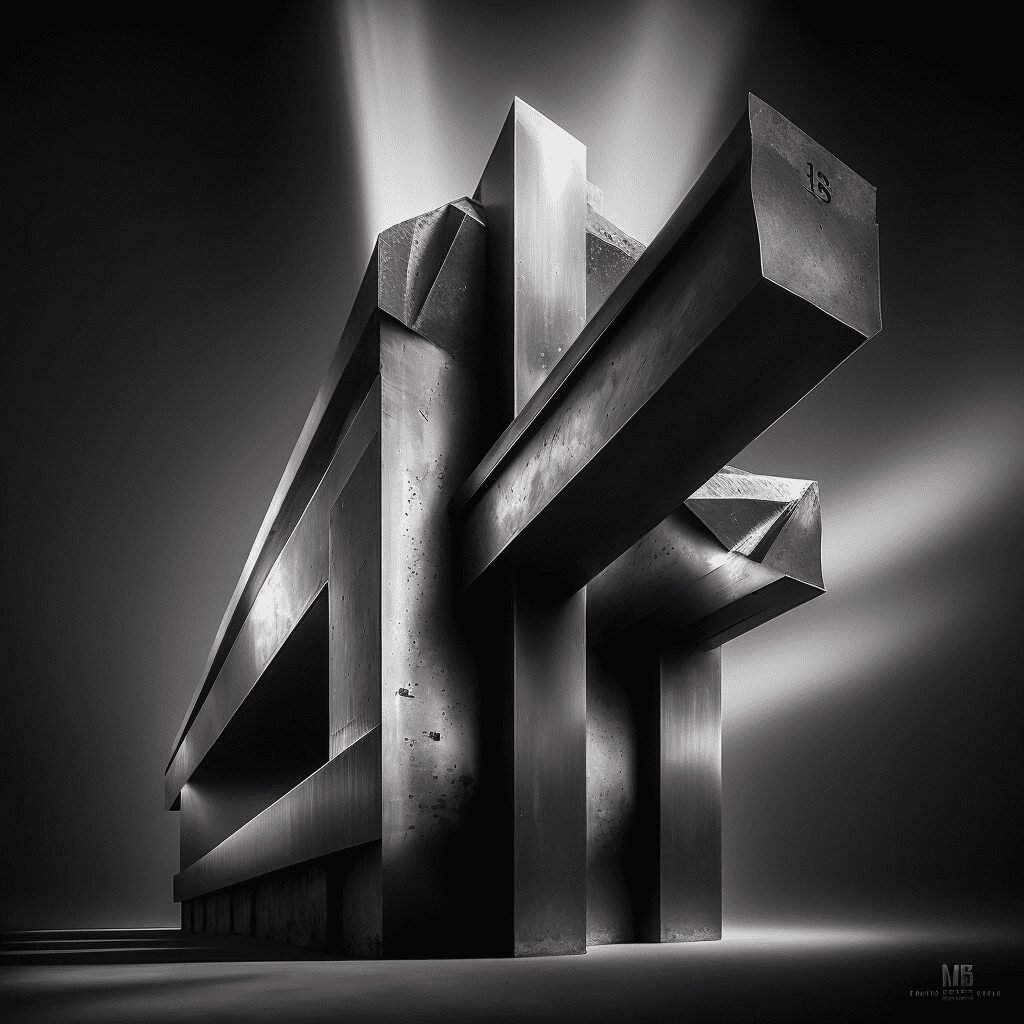Steel beam design involves considering various factors that can impact the behaviour and strength of the beam. End restraints, such as a concrete floor or other beams, play a crucial role in preventing lateral torsional buckling & eccentric loading, which can cause the beam to fail. The effective length of the beam, which is used for strength calculation purposes, can be affected by end restraints & the presence of lateral restraint. It is essential to consider the various ways in which a beam can fail, including bending failure, shear failure, & buckling failure, to ensure the structural integrity of the beam & prevent potential accidents or failures
Menu
The Surprising Impact of End Restraints on Steel Beam Strength
The Surprising Impact of End Restraints on Steel Beam Strength in steel beam design. As you may know, when designing steel members, it is essential to consider various factors that can impact the behavior & strength of the beam. In this post, we’ll delve into the role of end restraints in steel beam design & the various types of failure that must be considered during the design process.
DEFINITION AND EXPLANATION OF COMMON SECTION TYPES
Before we discuss end restraints in depth, let’s first define some common terms used in steel beam design. Steel is commonly graded as S275, S355, or S460, with S275 being the most widely used grade in buildings. Some common section types include equal & unequal angle sections, channel sections, square hollow sections, rectangular hollow sections, & circular hollow sections. It’s crucial to choose the appropriate section type for your specific project based on the required strength & stiffness.




MPACT OF END RESTRAINTS ON BEAM BEHAVIOR AND STRENGTH
Now, let’s examine the impact of end restraints on the behavior & strength of steel beams. End restraints are any type of support that prevents the beam from rotating or deflecting at the ends. These restraints can be provided by a concrete floor or other beams, & they play a crucial role in preventing lateral torsional buckling & eccentric loading.
LATERAL TORSIONAL BUCKLING
Lateral torsional buckling is a type of instability that can occur when a beam is subjected to bending and torsional loads. If there is no lateral restraint on the flanges of the beam, it may experience lateral torsional buckling, which can lead to failure. However, this can be prevented by providing adequate lateral restraint, such as a concrete floor or other beams, which prevents the beam from rotating & experiencing lateral torsional buckling.
Eccentric loading is another factor to consider when designing steel beams. This occurs when the load applied to the beam is not perfectly aligned with the centroid of the cross-section. When a beam is subjected to eccentric loading, it will experience a twisting moment, which can cause it to fail. To prevent this, it is necessary to increase the effective length of the beam in the design process to account for the additional twist caused by the eccentric loading.
In addition to their impact on beam behaviour, end restraints also have an essential effect on the strength of the beam. If there is no lateral restraint at the end of the beam, its effective length, which is used for strength calculation purposes, is considered to be greater than its actual length. However, if there are restraints at the end or the beam is stiffened along its length, the effective length can be reduced and may be considered to be only 0.7 of its actual length under certain conditions. This means that the beam required to carry the load can be smaller, saving material and cost.
During the design process, it’s essential to consider the various ways in which a beam can fail. Bending failure occurs when the beam reaches its plastic limit and plastic hinges form. Shear failure occurs when the shear load exceeds the capacity of the section. Buckling failure can occur if the beam is not provided with full lateral restraint, such as a concrete floor, & can be characterized by folds or ripples at a 45 degree angle to the web. It is crucial to consider these types of failure in order to ensure the structural integrity of the beam & prevent potential accidents or failures.




In conclusion, the impact of end restraints on steel beam strength is significant & must be carefully considered during the design process. Lateral restraints play a vital role in preventing lateral torsional buckling & beam twist caused by eccentric loading. End restraints also have a significant effect on the strength of the beam, with the effective length of the beam being an important factor in determining the required size of the beam. It is essential to consider the various types of failure that can occur during the design process to ensure the structural integrity & safety of the beam.



- Head Office: Corwell Lane, Uxbridge, England, UB8 3DE.
- + (44) 07359 267907
- info@structuralengineercalcs.com


